Camping in winter is an adventure, but it’s not like camping in summer. Cold weather brings more risks, such as icy roads, frostbite, and even hypothermia.
If you’re heading out into the wild, planning is everything. You need the right gear, the right mindset, and a backup plan in case things go wrong. Here’s how to stay safe, warm, and prepared while winter camping.
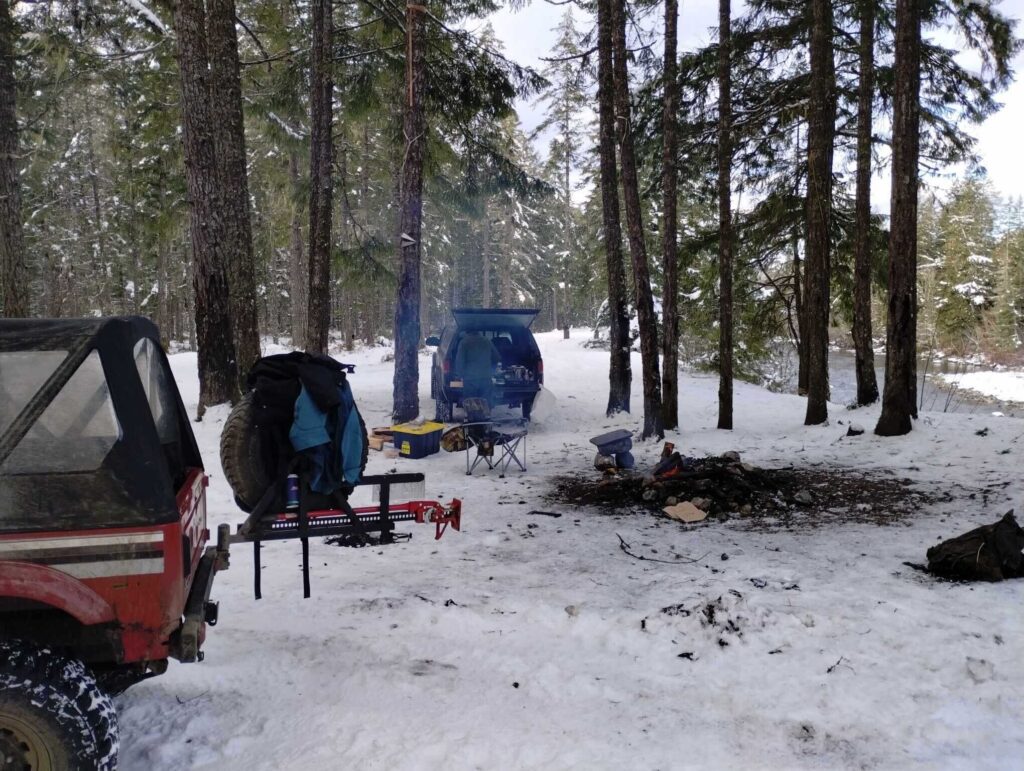
1. Drive Carefully – The Road Can Be Dangerous
Winter roads are unpredictable. Snow and ice make driving risky, and poor visibility can lead to accidents. Stay safe with these tips:
✅ Use snow tires or chains – Helps keep traction on icy roads.
✅ Drive slow & stay focused – Speeding can make you lose control.
✅ Avoid risky overtakes – Roads are more slippery than they look.
✅ 4WD or AWD vehicles help – More power, more grip, better handling.
2. Watch the Weather – It Can Change Fast
Before heading out, check the forecast. Winter storms can turn a simple trip into a dangerous situation.
✅ Know your route – Research the roads and possible closures.
✅ Pack the right clothes – Layer up: base layer, fleece, puffy coat, waterproof jacket & pants.
✅ Use a 4-season tent – Standard tents won’t handle snow and wind.
✅ Bring an insulated sleeping pad – It blocks cold from the frozen ground.
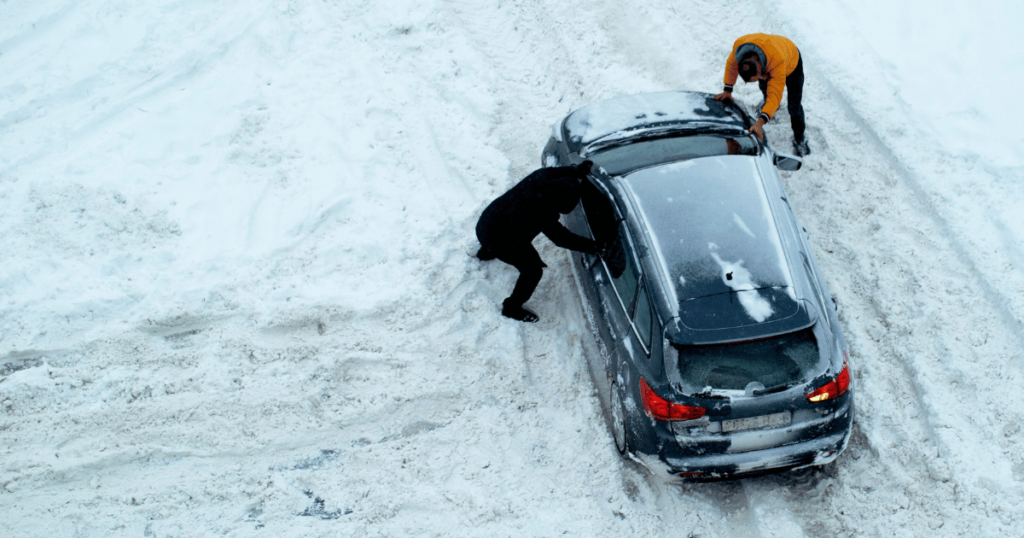
3. Emergency Survival Kit – What You Need to Stay Safe
A good trip depends on how prepared you are. Pack only the essentials for survival, and you’ll be ready for anything.
🥘 Food – High-Calorie Meals
You burn way more calories in the cold, so pack food that gives energy:
✅ Easy-to-cook meals – Campfire nachos, curry, breakfast sandwiches.
✅ Emergency food – Meals with long shelf life that won’t freeze.
✅ Proper food storage – Leftovers attract bears & raccoons—store food safely.
⛺ Shelter – Stay Warm & Dry
Your shelter protects you from the cold. Make sure you have:
✅ A 4-season tent – Designed for winter storms.
✅ Compact emergency blankets – Extra warmth if temperatures drop.
✅ Heat packs & gloves – Keep fingers and toes from freezing.
🩹 First Aid Kit – Be Ready for Injuries
Accidents happen. A first aid kit should include:
✅ Bandages & antiseptic wipes – For cuts and minor wounds.
✅ Pain relievers – Headaches or muscle pain are common in cold weather.
✅ Emergency medications – Any personal meds you might need.
💧 Water – Stay Hydrated
Dehydration happens faster in cold weather because you sweat less.
✅ Bring extra water – Store it in insulated bottles to prevent freezing.
✅ Consider a water filter – Streams may be frozen, so have a backup plan.
🔥 Warmth – Stay Insulated
Hypothermia can set in fast if you’re not properly dressed.
✅ Layer up – Base layer + mid-layer + waterproof outer layer.
✅ Avoid sweating – Wet clothes make you colder. Remove layers if too warm.
✅ Use two sleeping pads – More insulation from the frozen ground.
📡 Communication – No Cell Signal? No Problem.
Most remote areas have no internet or phone signal. Stay connected with:
✅ Satellite phone – Works anywhere, even with no cell towers.
✅ GPS device – Helps with navigation when maps won’t load.
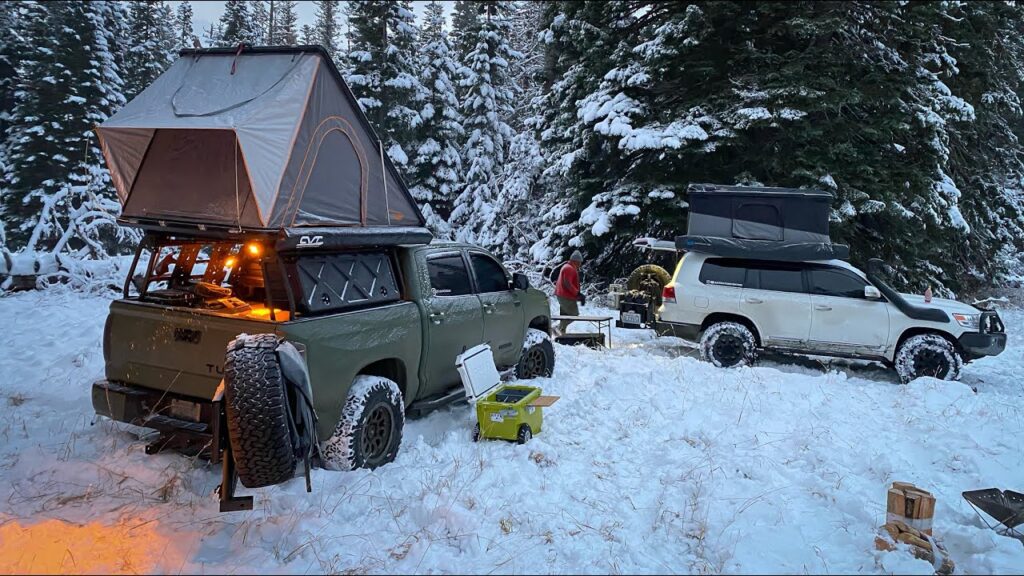
4. Recovery Gear – Be Ready for Any Situation
Winter conditions can leave you stranded. If your vehicle gets stuck, having the right recovery gear is essential.
🚗 Essential Recovery Gear for Winter Camping
✅ Traction Boards – Get your vehicle out of deep snow or ice.
✅ Recovery Jack – Lifts your car when stuck in rough terrain.
✅ Tow Kit – A recovery rope & D-rings for pulling your vehicle out of trouble.
✅ Gas Can – Extra fuel in case you can’t find a station.
✅ Outdoor Lights – Visibility is key when working in the dark.
✅ Shovel – Dig your vehicle out of deep snow.
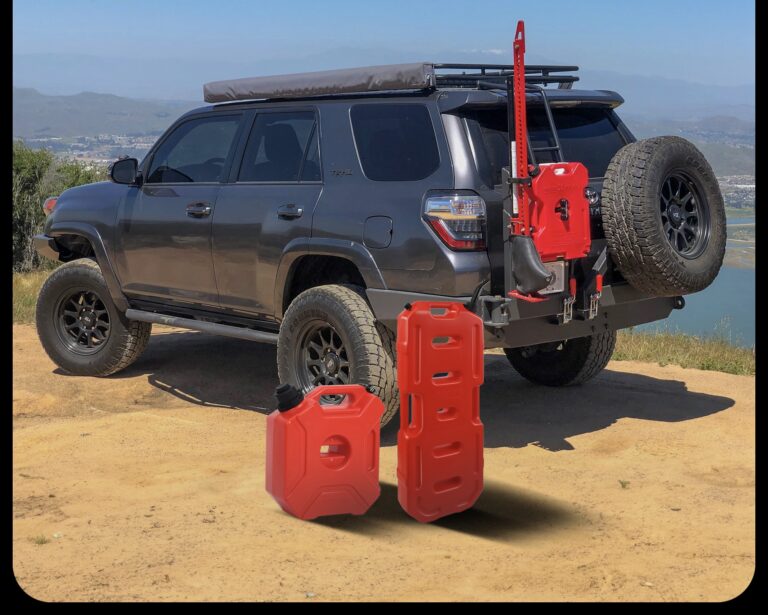
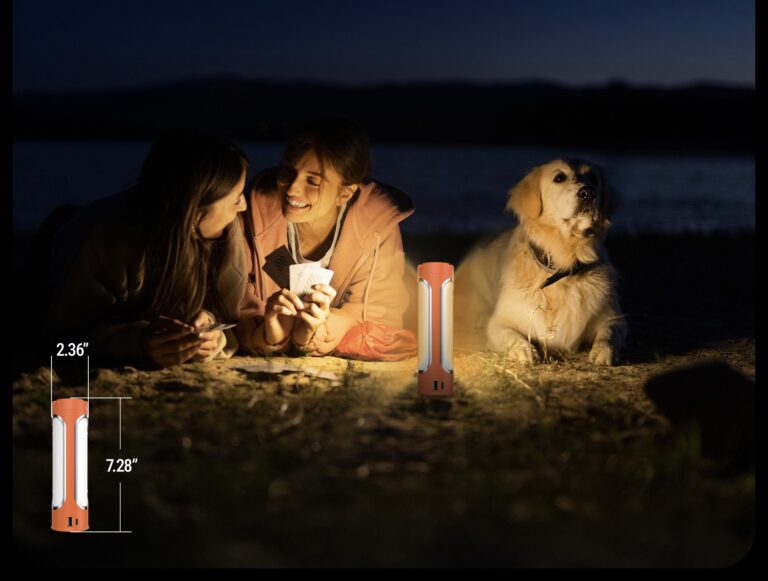
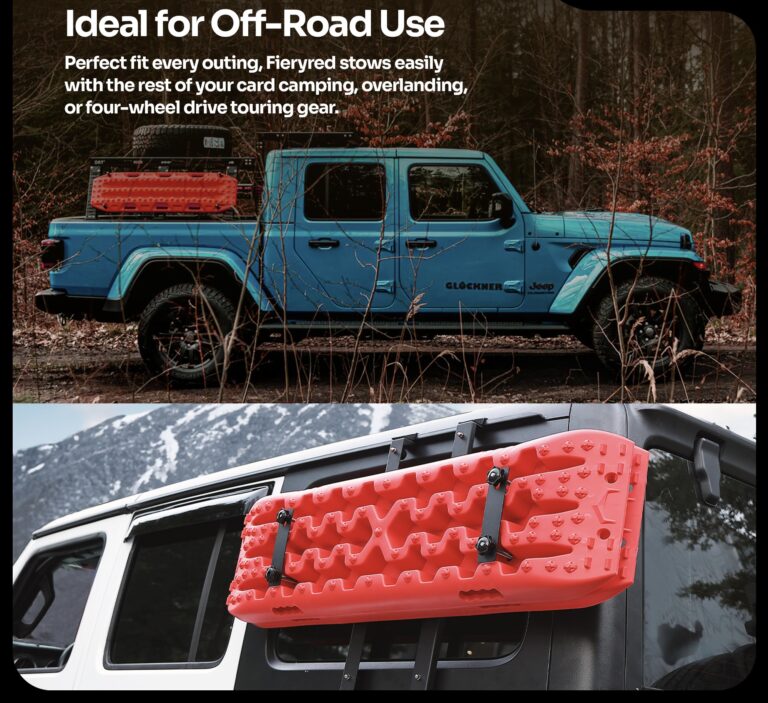
Stay Smart, Stay Safe
Winter camping can be amazing, but only if you’re prepared. Plan, bring the right gear, and always be ready for emergencies.
Need help picking the best winter camping gear? Check out Rooftoptents.ca for expert advice and top-rated equipment.

